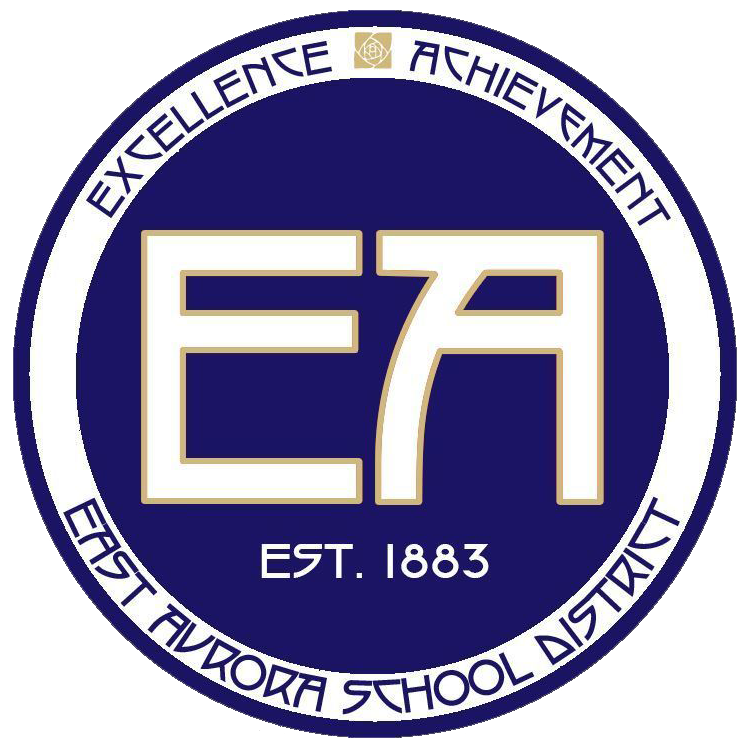Beginning this fall, public school districts in NYS are embarking on an exciting two-year structured conversation about how we can work together to provide the best opportunities for students in 2025 and beyond! Here are some of the key takeaways we found after polling our community.
Regional Collaboration
Stakeholder Input Results
Based on the stakeholder survey we administered, the following is a summary of the results and comments:
Academic Strengths and Needs
Strengths
● Diverse Course Offerings: The district provides a rich variety of courses,
including AP classes, STEM-focused programs, and unique offerings such as
AP Capstone and Sustainable Agriculture. Latin is taught through AP levels,
emphasizing academic depth and variety.
● Support for Learning Needs: Comprehensive special education services,
504 plan management, and academic intervention (AIS) ensure tailored
support for diverse learners.
● Innovative Teaching: Teachers foster a positive learning culture, promoting
high expectations and encouraging students to view mistakes as growth
opportunities.
Needs and Areas for Growth
● Interventions and Differentiation: Stakeholders seek more meaningful
academic interventions outside of IEPs and greater differentiation in
instruction to meet diverse learning needs.
● Grading Practices: Feedback suggests the need to refine grading rubrics,
advocating for a system where a top score (4) represents excellence rather than
perfection.
● Expanded Opportunities: There is interest in more project-based learning,
field trips, and hands-on experiences. Respondents also highlight the
importance of adding foreign languages and enhancing gifted programs.
● Resource Allocation: Concerns about under-enrolled high school classes
suggest a need to reassess course viability and resource distribution.
Socio-Cultural Strengths and Needs
Strengths
● Community Engagement: Events like Fall Fest and literacy nights foster
strong family and community connections. Partnerships with local
organizations, such as the Boys and Girls Club, further enrich student
experiences.
● Citizenship and Manners: Programs emphasizing respect, kindness, and
teamwork help develop responsible, engaged citizens.
● Extracurricular Variety: A wide range of clubs, sports, and arts programs,
including inclusive options like the Unified Club, enhances student engagement
and personal growth.
Needs and Areas for Growth
● Diversity and Inclusion: Stakeholders emphasize the need for authentic
programs that address racial diversity and inclusion. Curriculum development
should reflect various cultural backgrounds and foster meaningful discussions.
● Social-Emotional Learning (SEL): There is a call for comprehensive SEL
and mental health support programs. Suggestions include anti-bullying
initiatives and strategies to promote emotional regulation.
● Student Voice and Communication: Improved communication with
students and families, particularly at the middle and high school levels, is seen
as critical for fostering trust and engagement.
Capacity Strengths and Needs
Strengths
● Technology Integration: The district provides each student with a
Chromebook, leveraging technology to enhance learning and accommodate
diverse styles.
● Facilities and Safety: Schools are well-maintained, with strong safety
measures, including a dedicated resource officer, creating a secure learning
environment.
● Communication: Effective communication channels keep families informed
and engaged, promoting transparency and collaboration.
Needs and Areas for Growth
● Resource Management: Feedback calls for better allocation of funds to
prioritize direct student support and classroom resources.
● Transportation and Accessibility: Concerns about transportation for
extracurricular activities and field trips highlight the need for logistical
improvements.
● Facilities Enhancements: Stakeholders suggest upgrading facilities,
including air conditioning and healthier food options. Updated technology,
such as newer Chromebooks, is also requested.
Vision for the Future
● Expanded Academic Opportunities: Respondents advocate for new
foreign language offerings, more enrichment programs, and career counseling
starting at the middle school level.
● Real-World Learning: There is enthusiasm for integrating outdoor
education, service learning, and internships to provide practical, hands-on
experiences.
● Health and Wellness: Suggestions include in-house food services, increased
physical activity, and nature-based learning to support student well-being.
Conclusion
The East Aurora Union Free School District is recognized for its strong academic
offerings, supportive community culture, and effective operational capacity. Moving
forward, addressing key areas of need—such as differentiated instruction, diversity and
inclusion, and resource optimization—will enhance student experiences and ensure
continued success. Stakeholder feedback will be essential in shaping actionable
strategies for growth and improvement.

